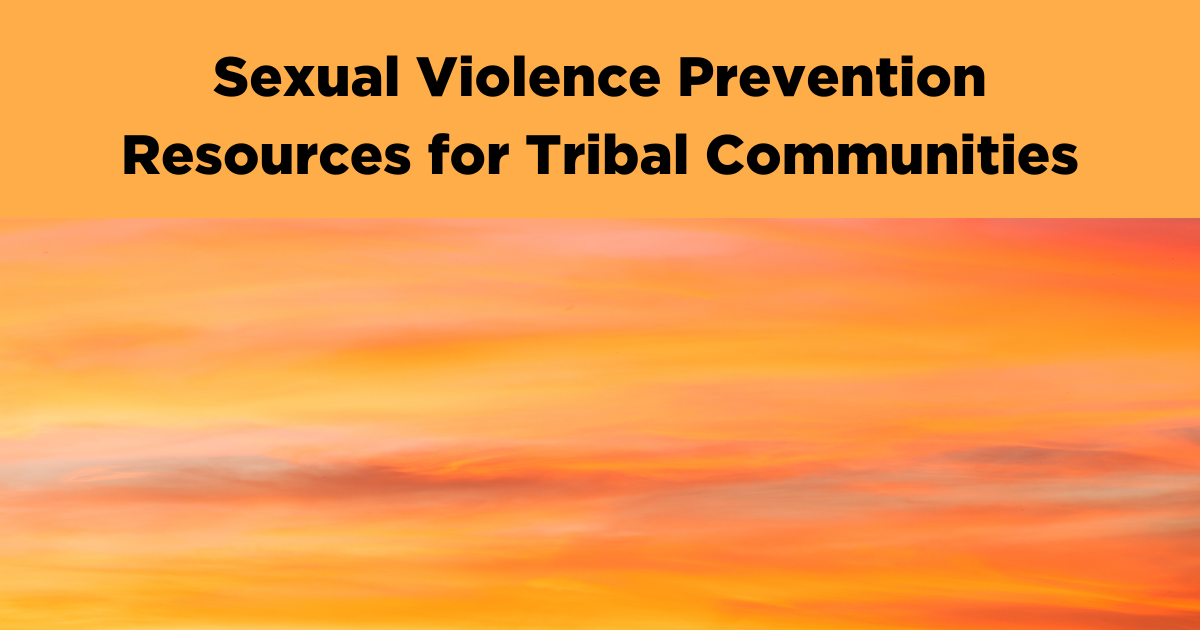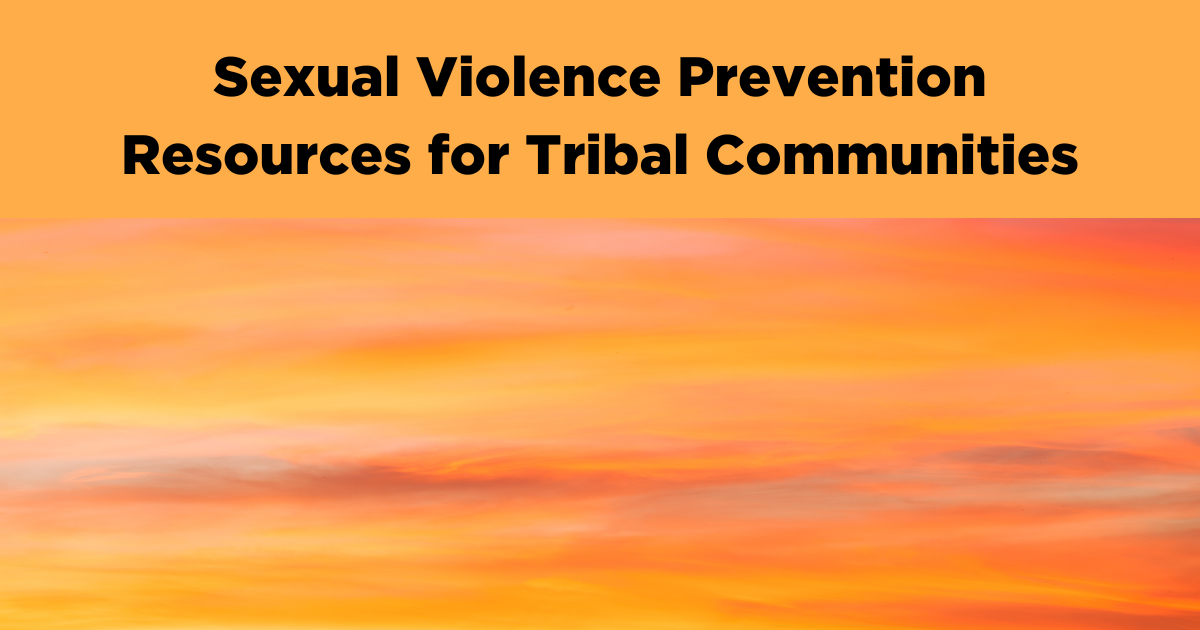Sexual Violence Prevention Resources for Tribal Communities
 To recommend resources for this page, please email resources@nsvrc-respecttogether.org.
To recommend resources for this page, please email resources@nsvrc-respecttogether.org.
This resource list contains the following sections:

 To recommend resources for this page, please email resources@nsvrc-respecttogether.org.
To recommend resources for this page, please email resources@nsvrc-respecttogether.org.
This resource list contains the following sections:

Human trafficking, at its most basic level, is the exploitation of a person’s vulnerability to gain something of value. When we look at marginalized communities, vulnerabilities increase exponentially.
As the risks of trafficking increase, knowing the signs becomes all the more important.
Human traffickers can be members of any social status, demographic, and profession.
Trafficking victims come from many different types of backgrounds — they are diverse and often go unnoticed.
The COVID-19 pandemic has shown more clearly the established trends and patterns of trafficking.
Recent research indicates that COVID-19 has increased the rates of sex trafficking and exploitation worldwide.
This blog explores the impact of COVID-19 on children and teens at risk for sexual violence.
It is important to talk about how trauma can manifest in different ways, and there is no shame, blame or guilt for being triggered by the COVID-19 pandemic. Sanctuary for Families has developed a coping guide outlining the ways in which victims of trafficking may be triggered by the pandemic.
Access the guide Here
Many survivors of sexual assault, abuse, and harassment have complex housing needs. Experiencing sexual violence can jeopardize a person’s housing, and experiencing homelessness or housing insecurity can increase the risk someone will experience violence. This infographic series for advocates and others servicing sexual assault survivors highlights up to date statistics on the connections between sexual violence, housing, and homelessness.